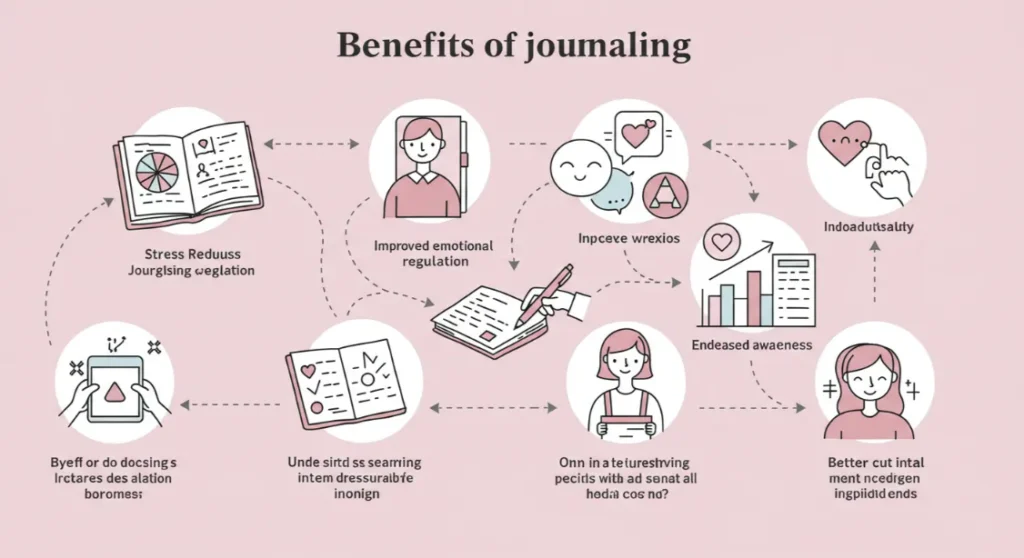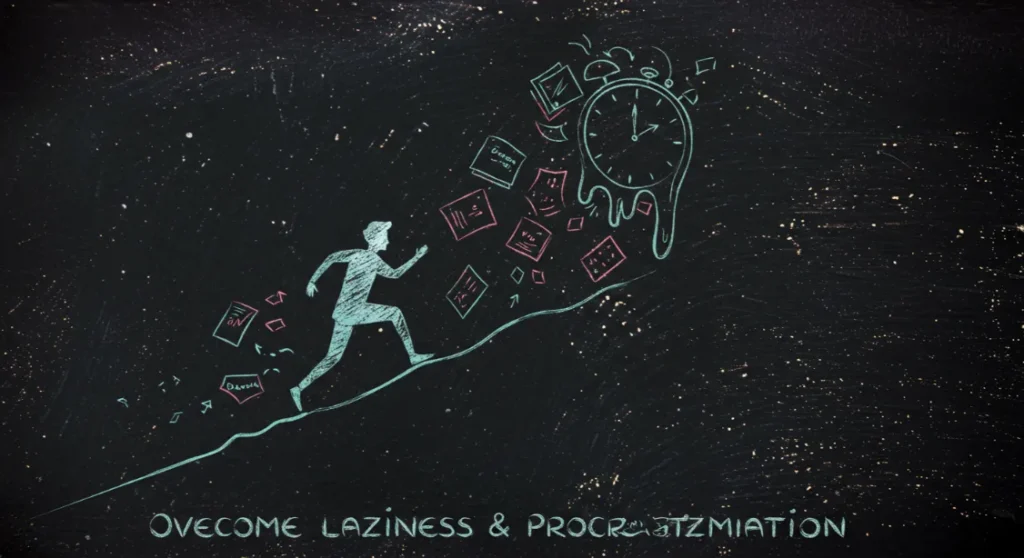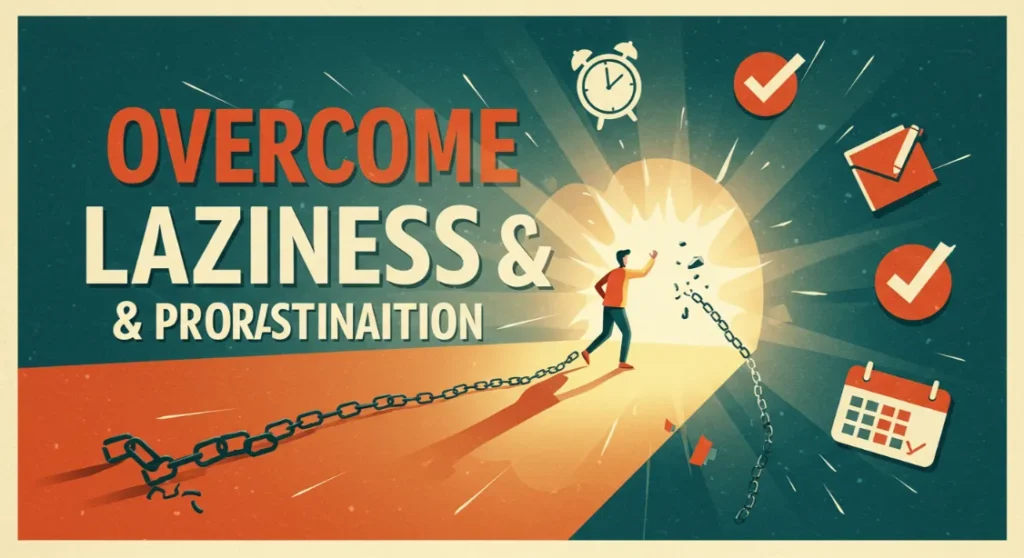In a world where 87% of knowledge workers are working two hours later every day compared to 2019 and over one-quarter of deadlines are missed each week, the ability to focus on one task has become a rare and valuable skill. Single-tasking—the practice of dedicating your complete attention to one activity at a time—stands in stark contrast to our culture’s obsession with multitasking and constant connectivity.
This comprehensive guide will show you how to harness the power of focused attention to transform your productivity, reduce stress, and achieve more meaningful results in both your professional and personal life.
Key Takeaways
- It takes 23 minutes to refocus after an interruption, making single-tasking crucial for productivity
- Single-tasking can boost your productivity by up to 50% compared to multitasking
- The practice of focusing on one task at a time reduces stress and mental fatigue
- Implementing time blocking techniques can help structure your day for focused work
- Developing mindfulness for productivity strengthens your ability to maintain attention
- Creating a distraction-free environment is essential for deep focus
The Science Behind Single-Tasking

The human brain isn’t designed for multitasking. What we call “multitasking” is actually task-switching—rapidly shifting attention between different activities. This constant switching comes at a significant cognitive cost.
The Myth of Multitasking
Multitasking is often celebrated as a valuable skill, but research consistently shows it reduces productivity by up to 40%. When you attempt to juggle multiple tasks simultaneously, you’re actually forcing your brain to rapidly switch contexts, which depletes mental resources and increases error rates.
The neuroscience of focus reveals that our brains have limited attentional resources. When we concentrate on a single task, we can engage our full cognitive capacity, leading to better quality work and faster completion times.
The Cost of Distraction
Every time you’re interrupted, it takes an average of 23 minutes to fully regain your concentration. These interruptions don’t just waste time—they increase stress levels and mental fatigue. The constant state of partial attention prevents you from entering a flow state, where your best and most creative work happens.
Developing the ability to stay focused is increasingly challenging in our notification-saturated environment, but it’s a skill that can be cultivated with practice.
Benefits of Single-Tasking

Enhanced Productivity and Quality
When you focus on one task at a time, you complete work faster and with fewer errors. Single-tasking allows you to harness the power of focus and enter a state of flow—that highly productive mental state where you’re fully immersed in what you’re doing.
This focused approach is particularly valuable for complex tasks that require critical thinking and creativity. By giving your full attention to one project, you can produce higher quality work in less time.
Reduced Stress and Mental Fatigue

Constantly switching between tasks is mentally exhausting. Your brain consumes more energy when rapidly shifting focus, leading to faster depletion of mental resources and increased stress levels.
Learning to manage work stress through single-tasking can help you maintain mental clarity throughout the day. When you focus on one thing at a time, you experience less anxiety about all the other tasks waiting for your attention.
Improved Decision Making
Single-tasking improves your ability to make thoughtful decisions. When your attention is divided, you’re more likely to make impulsive choices or overlook important details. Focused attention allows you to consider problems more deeply and arrive at better solutions.
This improved decision-making extends beyond work tasks to all areas of life, helping you take control of your day rather than letting it control you.
How to Master Single-Tasking
1. Prioritize Your Tasks Effectively

The foundation of successful single-tasking is knowing which task deserves your attention right now. Use methods like the Eisenhower Matrix to categorize tasks based on importance and urgency, or implement the 80-20 rule (Pareto Principle) to identify the tasks that will give you the greatest return on your time investment.
Start each day by identifying your most important task (MIT)—the one thing that would make the day successful even if you accomplished nothing else. This clarity helps you prioritize tasks effectively and focus your best energy on what matters most.
2. Implement Time Blocking
Time blocking is a powerful technique for single-tasking. Instead of working from an endless to-do list, schedule specific blocks of time dedicated to individual tasks or categories of work.
During each time block, focus exclusively on the assigned task. Treat these blocks as appointments with yourself that cannot be easily rescheduled or interrupted. This structured approach helps you get more done in less time by eliminating the mental energy wasted on deciding what to work on next.
3. Create a Distraction-Free Environment

Your environment significantly impacts your ability to focus. Create a workspace that minimizes distractions:
Turn off notifications on all devices
Use website blockers during focused work sessions
Communicate boundaries to colleagues and family members
Keep your workspace clean and organized
Use noise-canceling headphones if you’re in a noisy environment
Learning to stay focused online is particularly challenging but essential in our digital age. Consider implementing a digital minimalism approach to reduce the constant pull of online distractions.
4. Practice Mindfulness and Attention Training
Mindfulness meditation strengthens your ability to maintain focus and notice when your attention has wandered. Even five minutes of daily meditation can improve your concentration and help you develop the mental discipline needed for single-tasking.
The practice of mindfulness for productivity teaches you to recognize when your mind has wandered and gently bring it back to the task at hand. This skill is invaluable in a world full of distractions.
5. Use the Pomodoro Technique

The Pomodoro Technique involves working in focused sprints (typically 25 minutes) followed by short breaks (5 minutes). After completing four pomodoros, take a longer break of 15-30 minutes.
This method works well because it acknowledges the brain’s need for both focused work and rest. The time-limited nature of each pomodoro creates a sense of urgency that helps maintain concentration, while the breaks prevent mental fatigue and help you regain concentration when needed.
Overcoming Common Challenges
The Fear of Missing Out (FOMO)
One of the biggest obstacles to single-tasking is the fear that you’re missing something important by not being constantly connected. Learning to overcome FOMO is essential for developing the ability to focus deeply.
Remember that by giving your full attention to one task, you’re not missing out—you’re actually gaining the ability to be fully present and do your best work. The emails, messages, and social media updates will still be there when you finish your focused work session.
Handling Interruptions Gracefully
Even with the best intentions, interruptions will occur. The key is developing strategies to handle them efficiently:
Keep a notepad handy to jot down intrusive thoughts or remember tasks that pop into your mind
For urgent interruptions, acknowledge them quickly and set a time to address them later
After an interruption, take a moment to reorient yourself before diving back into your task
Use visual cues (like headphones or a “do not disturb” sign) to signal to others that you’re in focused work mode
Building Stamina for Deep Focus
Like physical exercise, the ability to maintain deep focus improves with practice. Start with shorter periods of focused work and gradually increase the duration as your concentration muscles strengthen.
Mastering deep work is a skill that develops over time. Be patient with yourself and celebrate improvements in your ability to maintain attention for longer periods.
Creating a Single-Tasking Lifestyle
Develop Supportive Habits
Single-tasking works best when supported by other healthy habits:
Ensure adequate sleep to maintain cognitive function
Exercise regularly to improve brain health and focus
Practice gratitude and happiness to reduce stress and increase satisfaction
Take regular breaks to prevent mental fatigue
Stay hydrated and maintain proper nutrition for optimal brain function
These habits for success create a foundation that makes single-tasking easier and more effective.
Communicate Your Approach to Others
In collaborative environments, it’s important to communicate your single-tasking approach to colleagues. Let them know when you’ll be available for questions and discussions, and when you’ll be in focused work mode.
Many teams find that designating specific “meeting days” and “deep work days” helps everyone balance collaboration and focused individual work. This approach recognizes that both modes are valuable and creates space for each.
Track Your Progress
Keep a record of your single-tasking practice and the results it produces. Note improvements in work quality, completion time, and your subjective experience of focus and satisfaction.
A self-improvement journal can help you identify patterns and refine your approach over time. Tracking your progress also provides motivation as you see the benefits of your single-tasking practice accumulate.
Conclusion
In a world that celebrates constant connectivity and multitasking, the ability to focus deeply on one task at a time has become a rare and valuable skill. By understanding the science behind single-tasking and implementing practical strategies to improve your focus, you can dramatically enhance your productivity, reduce stress, and produce higher quality work.
Remember that single-tasking is not just about getting more done—it’s about being fully present for whatever you’re doing, whether that’s completing an important project, having a conversation with a colleague, or spending time with loved ones. This presence is the foundation of both professional success and personal fulfillment.
Start small, be patient with yourself, and watch as the practice of focusing on one task transforms not just your productivity, but your experience of work and life.
References:
- https://gearuptogrow.com/productivity/mastering-time-blocking/
- https://globalwellnessinstitute.org/what-is-wellness/mental-wellness/
- https://www.uoguelph.ca/wellnessatwork/news/2020/03/online-wellness-resources-help-you-thrive-uncertain-times
- https://medlineplus.gov/howtoimprovementalhealth.html
- https://www.nih.gov/health-information/emotional-wellness-toolkit
- https://www.nhs.uk/mental-health/self-help/guides-tools-and-activities/five-steps-to-mental-wellbeing/
- https://mhanational.org/31-tips-boost-your-mental-health
- https://www.helpguide.org
- https://www.who.int/news-room/feature-stories/mental-well-being-resources-for-the-public
- https://www.helpguide.org/mental-health/wellbeing/building-better-mental-health
- https://www.healthline.com/health/grow-therapy